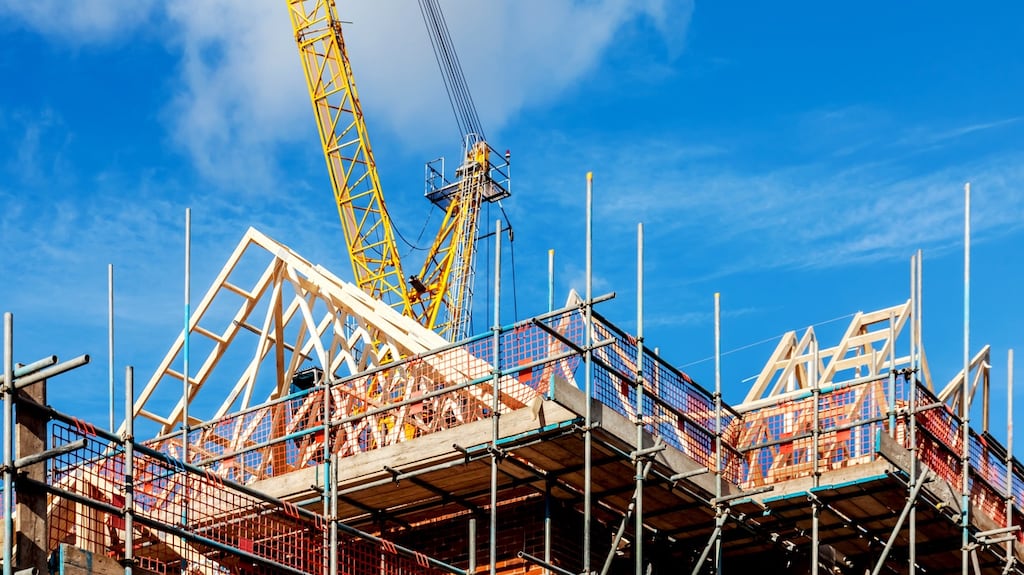Building in the region of 30,000 new homes is no small feat, not when you consider where the construction industry was a decade ago.
In 2013, the official low point of the crash, just 4,575 new homes were built. More than half were one-off self builds. Apartment building almost came to a complete halt.
The smash and burn of 2008 had decimated the industry. The main home builders were insolvent or wound up and thousands of workers had either emigrated or switched professions. And the State’s bailed-out banks wouldn’t touch property with a bargepole.
The population and the demand for housing that goes with it were still growing, however.
RM Block
While the population grew by 263,000 between 2009 and 2017, the housing stock here grew by just 35,000 units. That one metric, more than any other, explains the current crisis.
It has effectively taken the State a decade to be able build at a rate that’s even broadly commensurate with the level of demand.
By any yardstick, the latest figures from the Central Statistics Office (CSO) showing new dwelling completions last year totalled 29,851, an increase of 45 per cent on the previous year, represent a milestone.
The Government was understandably low key about the total, which exceeded its own Housing for All target of 24,600 by 21 per cent, given it comes at a time of record rents and record rates of homelessness.
The figures also coincided with a report from the Housing Commission that suggests the State may need up to 62,000 homes built per year until 2050 to meet demand.
The Minister for Housing Darragh O’Brien noted the latest figures represented the highest annual home-building total since the CSO data series began in 2011. However, while “today’s news is positive, the Government recognises that we need to continue ramping up supply and to meet even higher targets,” he said.
The Government’s projected house building target for 2023 is 29,000. And while analysts believe that level is achievable because most of the units are already in the pipeline, what comes after 2023 is at risk from rising construction costs.
The Government’s Housing for All plan is promising up to 33,000 unit a year out to 2030.
The number of new housing starts has, however, been slowing with the industry warning about the viability of certain projects in the wake of a surge in input costs.
According to Goodbody Stockbrokers, commencement notices show 1,841 units began construction in October, down 31 per cent on the same month the previous year. The rolling 12-month commencement figure was 26,608, which was down 14 per cent year on year. Housing starts peaked in March of last year at 34,846.
The Government’s social housing delivery target for 2022 is also expected to be well below the expected 9,000 level. Some done, a lot more to do, might be the most fitting take on the latest build numbers.















